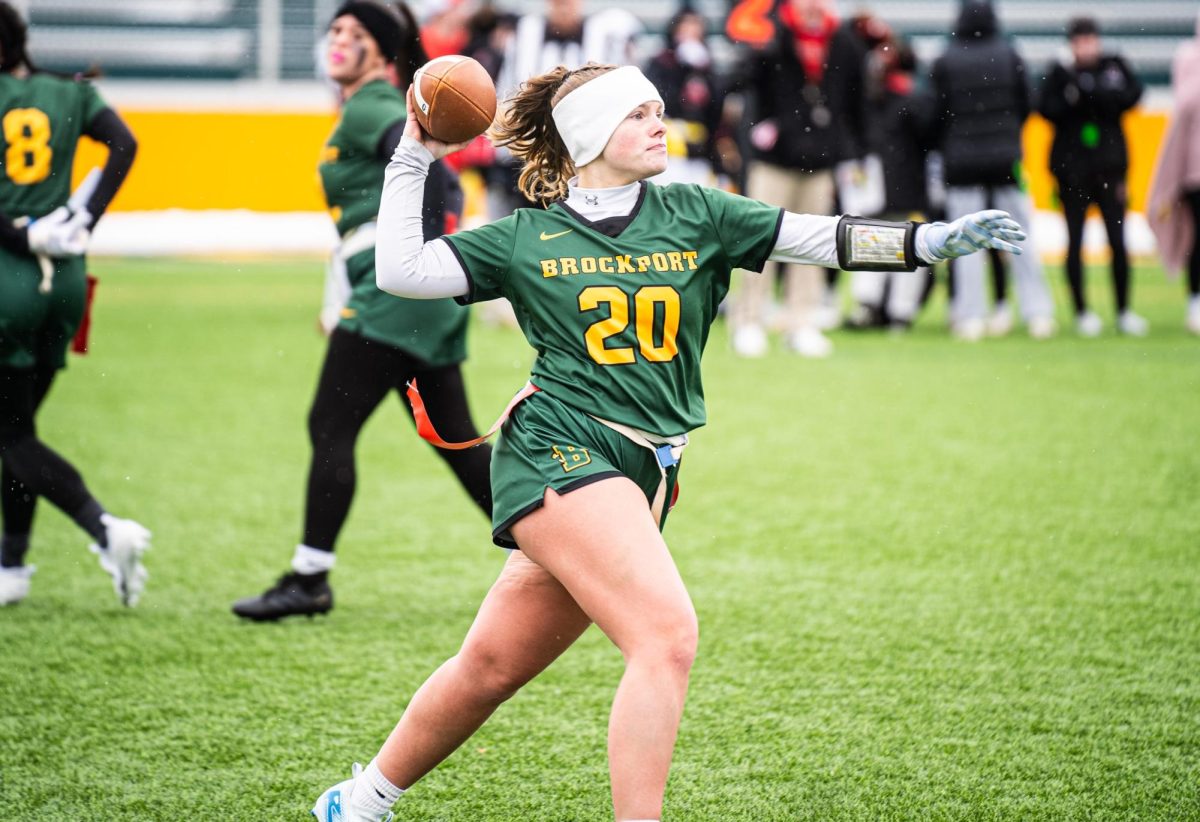By Gio Battaglia
For as long as he can remember, Belmont University freshman Jack Horne has been listening to music. When he was a child, his family had an influence on the type of music he would listen to.
“My parents would play a lot of Christmas CDs,” Horne said. “That’s where I started to learn about artists like Mariah Carey and ‘All I Want for Christmas Is You.’ It was mainly the radio and stations that my parents listened to.”
According to Media and Culture, radio encouraged the growth of national music stars and brought regional sounds to wider audiences.
As technology changed, Horne says the media he has listened to music on changed. As music downloads started to gain popularity, he started to find new music on his own.
“I got my first ever iPod in elementary school,” Horne said. “That’s when my next format of finding new music was iTunes. I remember I found ARTPOP on iTunes and I was like Okay, I’m buying this, and I loved it.”
Apple launched iTunes back in 2001 and changed the way listeners got their music. According to The Verge, it started as a way to combat Napster, a previous music sharing website where listeners would illegally upload files of songs for free download. But with iTunes, Apple drew the blueprint for distributing music on the Internet and allowed record labels and artists to earn from it as well.
Horne says his love for music went beyond just the song. He says he would keep up with his favorite artists’ latest releases through early social media and award shows.
“That was the best way to find out and follow [artist’s] newer projects,” Horne said. “I started following them all. They would announce dates and I would pay close attention. On award shows I would watch and find out about new releases.”

As social media expanded, Horne says his musical tastes also grew. He says apps such as Twitter helped him find artists he would not have listened to otherwise.
“I probably wouldn’t have found Fifth Harmony,” Horne said. “I heard about them on TV, but I don’t think I would have cared to listen without social media. Also, I would hear a lot of international acts on the radio but wouldn’t know their names. Like Ellie Goulding, I wouldn’t know as much about her if I didn’t have social media.”
Just when the age of music downloads seemed to be concrete, streaming was introduced.
The first streaming app, Spotify, was released in 2008. According to the MBA Student Perspectives, the service started off as a response to the difficulty of retrieving music content from Napster, and the expensiveness of the iTunes “pay-per-song” model. Spotify is a freemium service that allows users to have an on-demand music experience.
Alfred University junior Kass Liapis uses Spotify to find her latest music.
“I was introduced to new artists and bands within a genre that I sought after,” Liapis said. “The Daily Mixes that they make you helps.”
Today, Spotify is the top music streaming service in the world with over 381 million users.
Newer social media apps such as TikTok consist of videos containing songs in the background. These songs can be used in viral trends that give exposure to smaller artists. According to Business Insider, 67% of the app’s users are more likely to seek out songs on apps like Spotify after hearing them on TikTok.
Horne says songs like these have become part of his playlist.
“With TikTok, ads and reels on Instagram, that has changed the way I listen to music,” Horne said. “If I hear a snippet on TikTok, I will try to find where that song is from. It introduced me to songs and artists I would have never cared to listen to, and it gives indie artists a platform.”
One song that attracted TikTok users was “I Hate U” by SZA. A snippet of this previously unreleased song was used in over 850,000 videos. This attention to the song encouraged SZA to officially release it this past week, and it debuted at No. 1 on US Spotify with 1.615 million streams.
Liapis says that the trending songs on TikTok have not changed the music she listens to outside of the app, but recognizes its impact on today’s audience.
“If a song is popular on TikTok, I don’t want to listen to it on my free time,” Liapis said. “I feel like it’s cringey and overplayed. A lot more people are influenced by the TikTok music and trends.”
Liapis adds that listening to a song from TikTok may take away from genuinely listening to the meaning of a song, and people listen for its popularity instead.
“TikTok puts a big emphasis on lyrics and rhythm, so if you didn’t pay much attention to them before, now you would,” Liapis said. “Like the TikTok trends such as dancing or the trends that use lyrics as part of the joke.”
Videos and trends like these continue to form a relationship between social media and streaming apps. Now when someone watches a TikTok video with a catchy song, they can open their Spotify app and listen to it immediately.
Horne says the future of listening to music is unpredictable now but feels that streaming will continue to dominate.
“I think streaming will just become bigger and bigger and CDs will become obsolete,” Horne said. “I think vinyls will hold their own for a while because they’re having a revival. I feel like there could be another format incoming in the next 50 years that takes away streaming, but for right now, streaming is the future.”
While the media that audiences get their music from is scattered, most listeners have begun to adapt to the streaming era. An era that seems to be here to stay.




























